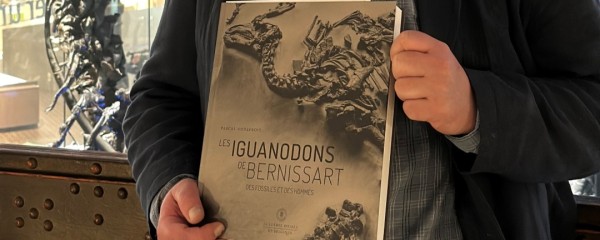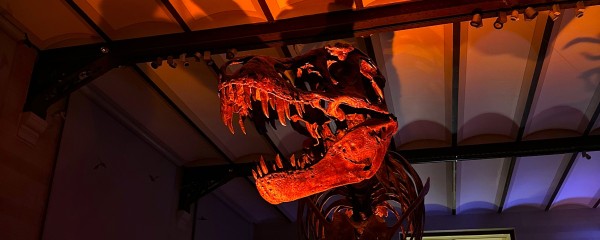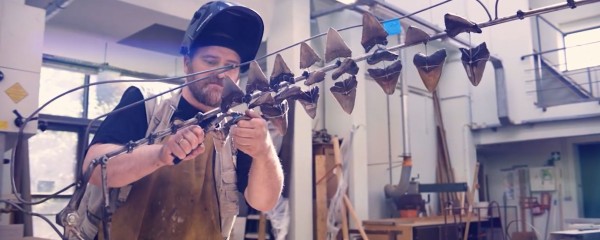Supergene turns spider into a ‘macho male’
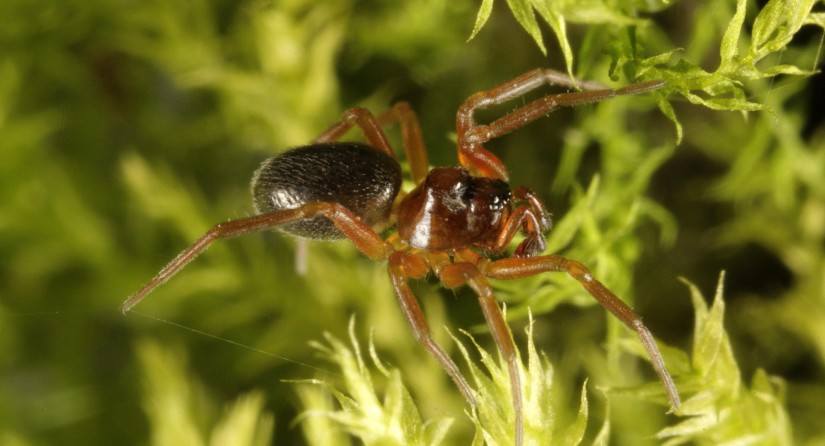
Biologists from the Royal Belgian Institute of Natural Sciences found in a spider species that 'macho males' have an extra set of genes that is lacking in feminized males. The study in Nature Ecology & Evolution explains how individuals of the same species can develop a strikingly different morphology. "We saw that throughout evolution genes may become grouped together and form a 'supergene'. As a result, they are neatly inherited in a single bundle", says Frederik Hendrickx (RBINS). Having that supergene or not makes the difference between looking very masculine or feminine in the males of this species.
In nature, you sometimes find two drastically different 'types' within the same species and even within the same sex. For example, a primrose species has specimens with elevated anthers and anthers that are deeper in the stem, or damselfly and butterfly species with individuals having different colour patterns. This is also the case in the sheet-weaving spider Oedothorax gibbosus. There are two distinct types of males: 'flat' and 'hunched'. The flat males look more like females and mature more quickly, allowing them to be the first to fertilize females. The hunched specimens have a complex head structure with glands and sensory hairs that allow them to seduce already fertilized females: they are 'macho males'.
Evolutionary biologist Frederik Hendrickx: "The differences between these two types of males are enormous, at least as large as between two very different species, such as a tiger and a lion. When you mix tigers and lions you obtain an intermediate form – ligers or tigons, with both lion and tiger characteristics - because the genes are mixed up like a deck of cards. But in some species, like this spider, you neatly retain the two separate types. 'How this is possible is a largely unresolved mystery within evolutionary biology. The gibbosus spiders are a great opportunity to figure out how this works genetically.'
Supergene
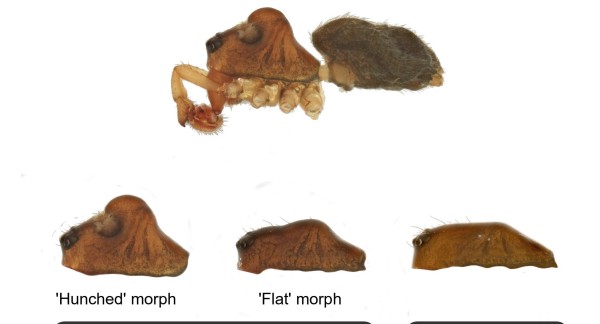
The researchers screened the genome and found that the hunched males have a package of genes that is missing from the flat males. The package consists of genes that you also find elsewhere in the genome. Natural selection caused those copies to lie neatly next to each other so that offspring receive them as a single package. "The genome appears to be surprisingly dynamic," says Hendrickx. "The genes responsible for the development of these conspicuous male traits are moved or duplicated and end up grouped together, so that they are inherited as a bundle. This is a huge eye-opener."
The bundle is called a supergene. The extra piece of genome not only explains the difference between the two types, but also why we find no intermediate forms, no half-half versions. Only the genes necessary for the development of hunched males have grouped together in this supergene. The flat males can perfectly live without them. This explains why the population breaks down into two types: either super-masculine or female-like males.
Chain Reaction
When the evolutionary biologists zoomed into the supergene, they found that one of the genes in the supergene is a copy of the doublesex gene. All animals - including us - have that gene. Doublesex is a transcription factor: it switches other genes on or off. It's a big on-button for typical male characteristics. "If the doublesex gene is turned off in mice, the males develop something resembling ovaries," says Hendrickx.
The development of male characteristics in gibbosus spiders occurs after a chain reaction: the sex chromosomes activate that doublesex gene, which in turn turns on other genes that provide male traits, both genes that are inside and outside the supergene package. Flat males have no supergene and therefore no extra on-button doublesex. They don't develop those extra male characteristics: no hump, no extra glands and no hair. "In most species, the development of sexual characteristics depends on much more than the sex chromosomes. It's a cascade of genes that are switched on or off, and one link more or less can make a big difference."
Toolbox
Still, flat males do differ markedly from females. They possess male sex organs, produce sperm and can reproduce. That is because there are five more doublesex genes in other places of the genome, which tap into basic male characteristics.
"You could think of the supergene as a toolbox: over the course of evolution, more and more genes have ended up in that toolbox. An extra doublesex gene and other genes for distinct male characteristics were added to the box because they provided a clear advantage. The spiders with the supergene develop extra male characteristics. Those that do not inherit the toolbox only develop the basic male characteristics."


